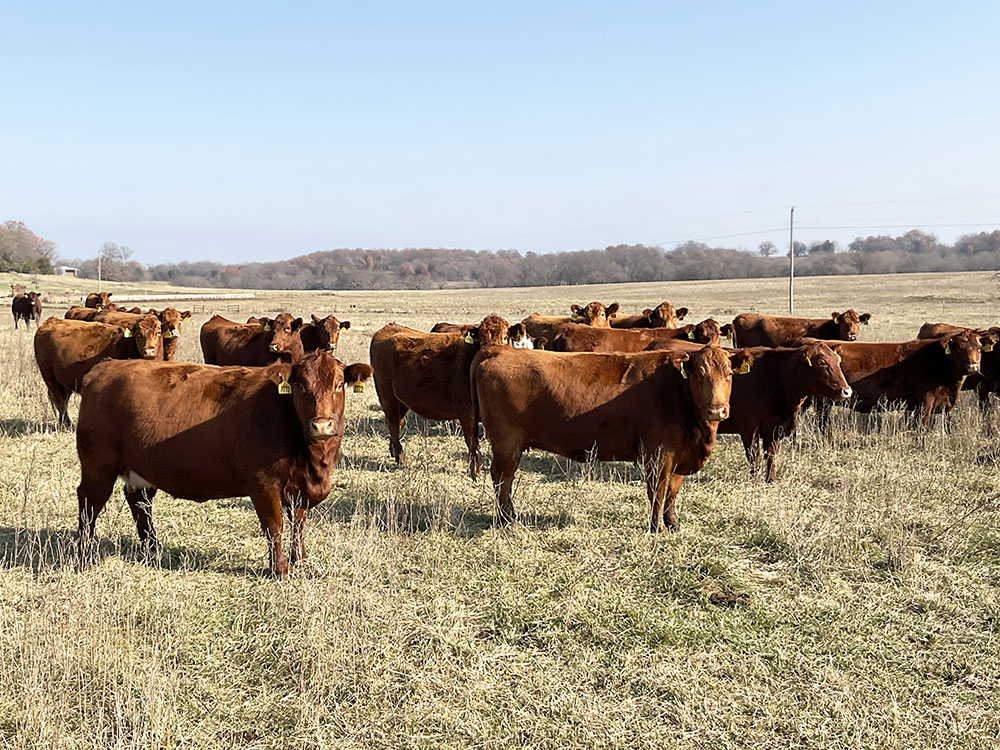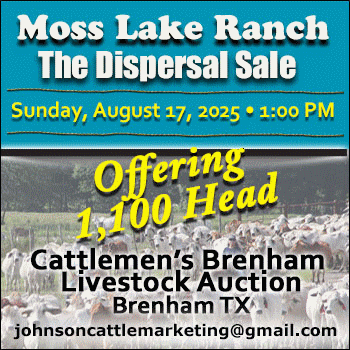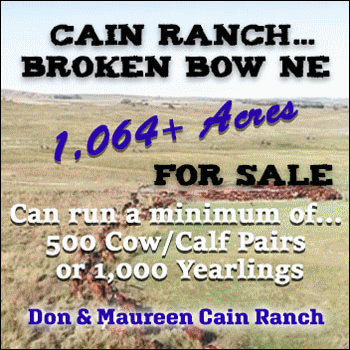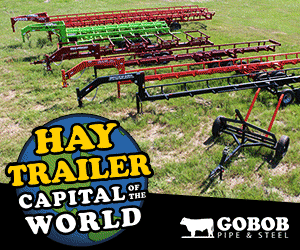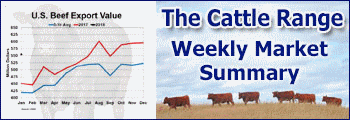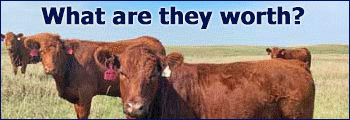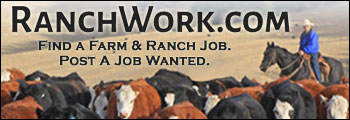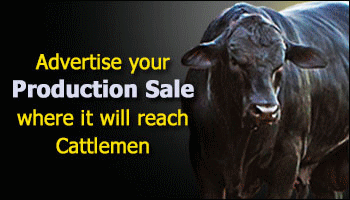Get your expenses in line to take advantage of strong cattle prices and good profit prospects.
Derrell S. Peel, Oklahoma State University
High cattle prices make profitability likely for most beef producers, but those who want to maximize profits need to do more than just take advantage of the current market.
Profit maximization means doing a good job of cost management. Cattle producers always enjoy markets that make the revenue side of the operation more favorable, but the best opportunity to impact profitability comes from managing costs, where producers have much more control.
Feed and pasture costs are the largest component of cow-calf cost of production, and managing total feed cost is a critical part of profit maximization.
Get a handle on feed expense
Cows are fundamentally grazing machines, and the most profitable cow-calf producers manage pastures and grazing so that cows do most of the work, as much of the time as possible, to provide their nutritional needs.
Analysis by Kansas State University shows that the most profitable cow-calf operations have total feed costs that are 24% lower than the least profitable operations.
Lower total feed costs are the result of the most profitable operations spending 39% less on non-pasture feed (harvested forages and supplemental feed) and spending 12% more on pasture costs compared to the least profitable operations.
Management to ensure pasture quantity and quality, and emphasizing grazing, is much more cost-effective than relying on non-pasture feeds.
Total feed costs for the most profitable producers consist of 43% pasture costs and 57% non-pasture feed costs, compared to the least profitable cow-calf producers, with total feed costs 32% higher and consisting of 29% pasture costs and 71% non-pasture feed costs.
Hay costs frequently make up much of the higher non-pasture feed costs for less profitable producers.
Explore cost-saving opportunities
Before the growing season begins is the best time to plan grazing and feed management for the remainder of the year.
Managing pastures to extend the grazing season and ensure higher quality can significantly reduce the need for more expensive hay (whether raised or purchased) and additional supplemental feeds later in the year.
K-State data show that the most profitable cow-calf producers have lower non-feed costs than other producers — one-third less. This leads to a total cost of production 27% lower for the most profitable cow-calf producers compared to the least profitable. This means there is easily a $200- to $400-per-cow difference in cost of production across producers.
The Livestock Marketing Information Center estimates average cow-calf cost of production in 2025 at $1,064 per cow, or $2.91 per head per day, down slightly from the previous year as shown in the graph.

Per-cow costs of production vary significantly across a wide range of production environments and types of operations and will vary further by individual cost management. However, managing input costs can reduce the annual cost of production by up to $1 per day and add significantly to expected returns in 2025.
The most profitable cow-calf operations are generally profitable even in unfavorable market conditions because of cost management, and they are even more profitable in current market conditions.
